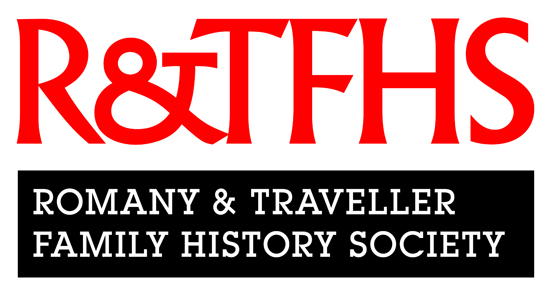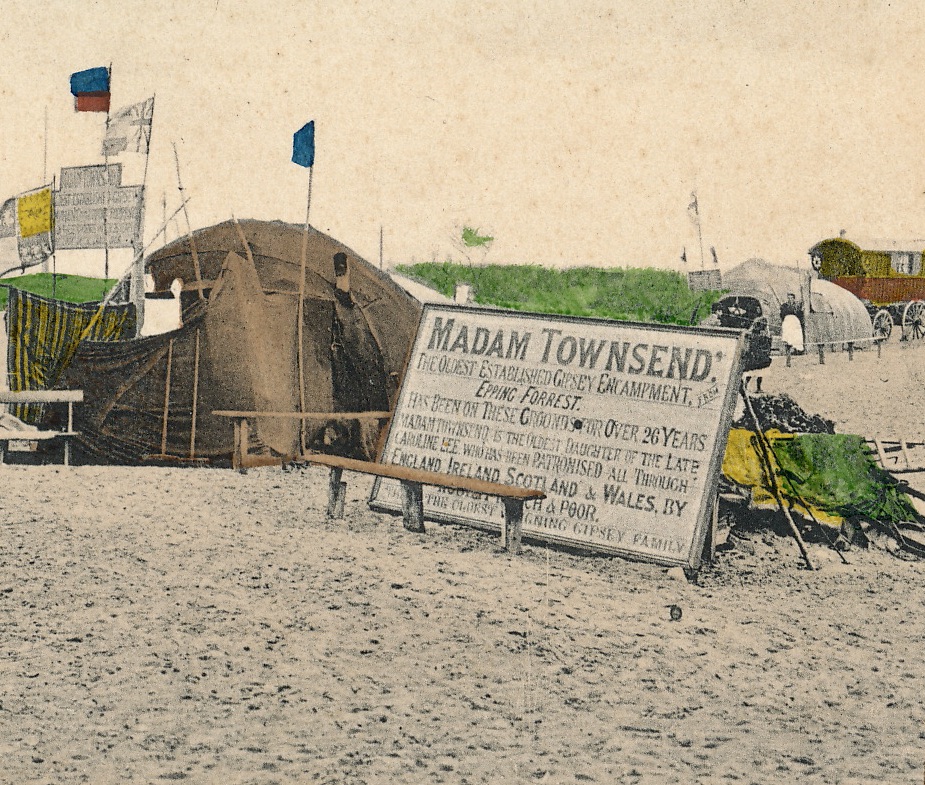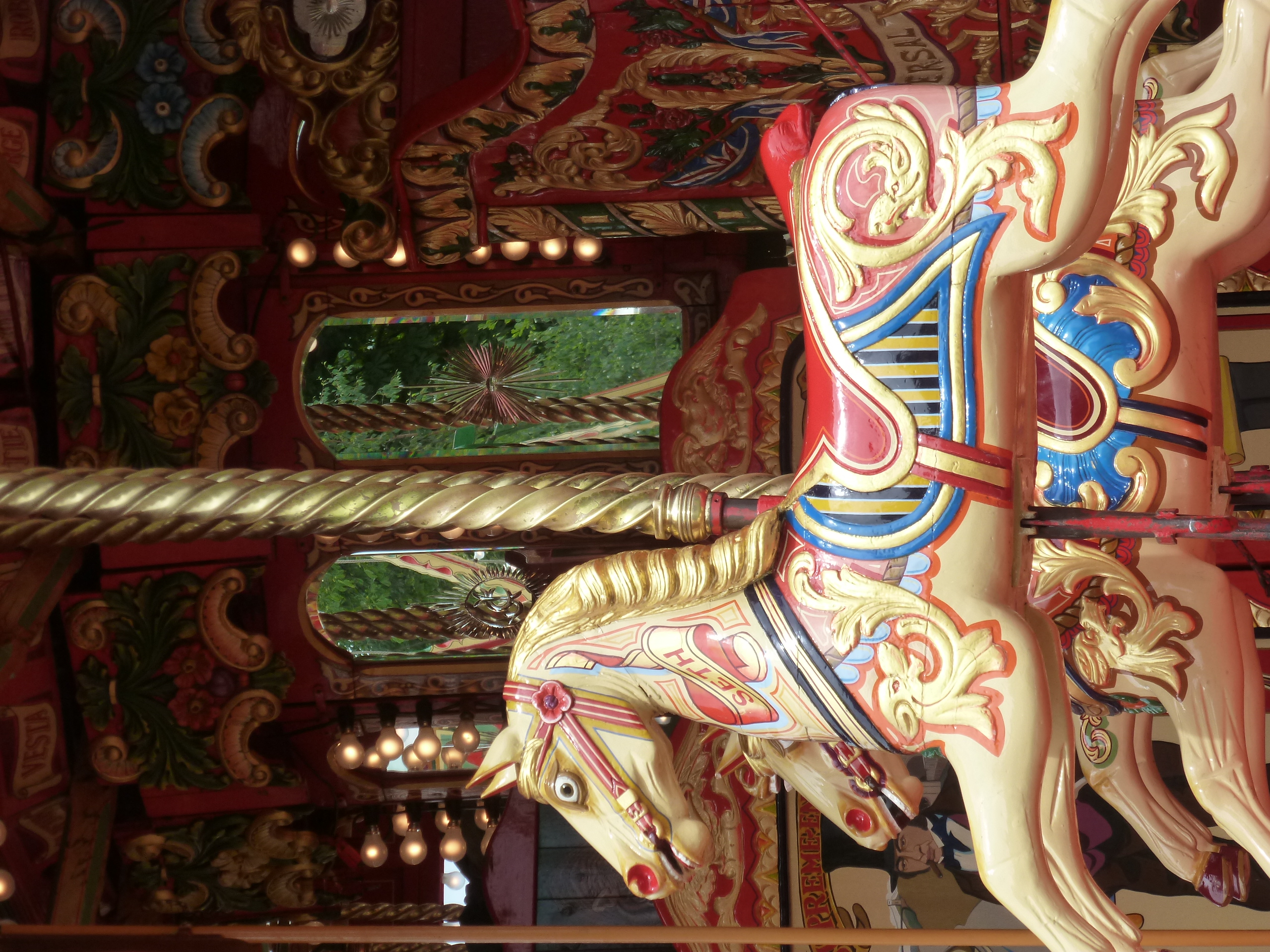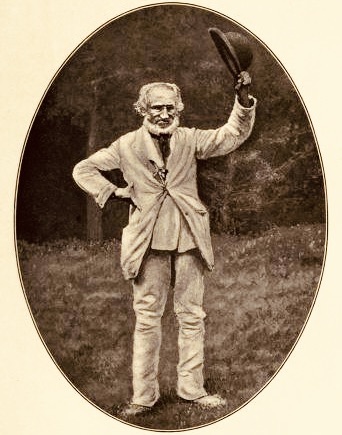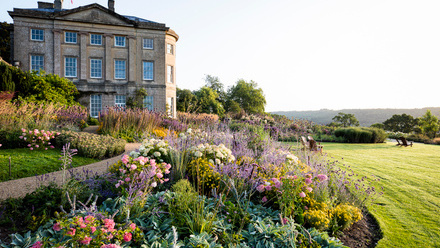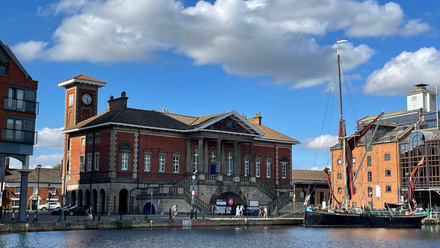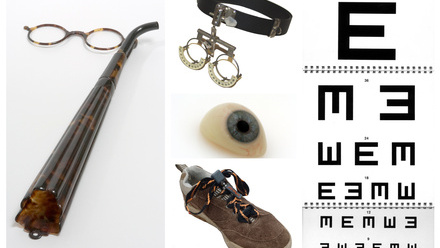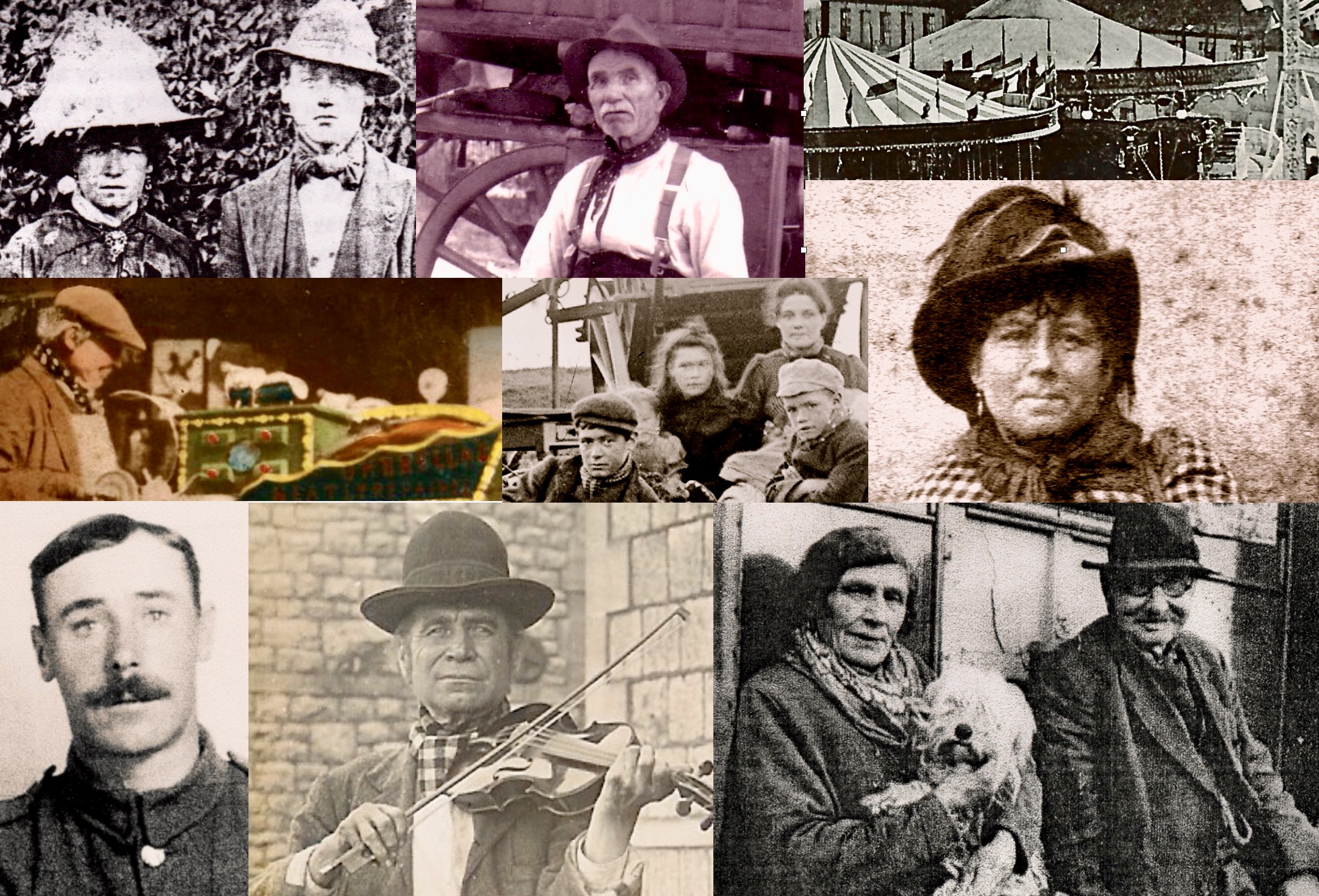
There's a common belief that before the Industrial Revolution most of the population of Britain tended to be born, live and die in the same village or town, rarely venturing more than a dozen miles from home. But this overlooks the surprising number of people who lived life almost permanently on the road. These were the Romany Gypsies, the Showmen, the proprietors of circuses and travelling menageries, itinerant musicians, marionette masters and theatre groups, drovers taking livestock to market, hawkers and pedlars.
How do you trace ancestors who were always on the move?
Once upon a time any family historian who discovered an ancestor from one of these groups would see it as an instant brick-wall. The Romany and Traveller Family History Society (RTFHS) was founded in 1994 to help people break through those walls. We have three main aims: firstly, to encourage people to embrace their out-of-the-ordinary forebears and join forces with those with a common interest; secondly, to show that it is possible to trace their roots, culture and customs across centuries; and thirdly, to highlight to the wider public the vital contribution that travelling people have made to the social, economic, and popular entertainment history of Britain, in the case of Romany Gypsies for the past 500 years.
There is a wealth of historic records relating to travelling people and travelling life preserved in the nation's archives, museums, libraries and photographic collections and online if you know how and where to look - and the RTFHS can be your guide.
Some Traveller stories
The fortune tellers
"You haven't been to Blackpool unless you've had your fortune told..." 'Gipsy Sarah', fortune-teller (1822-1904)
The summer months - April to September - were traditionally when Britain's Romany Gypsies took to the road, taking advantage of better weather, better road conditions and better opportunities to earn an income at feasts, pleasure fairs and markets. However, there were instances of some groups creating a semi-permanent camp at a location where they could be confident of customers coming to seek them out.
The artists
The royal rat catcher
Find out more
- Romany and Traveller Family History Society: The website is the best place to find out about the Society, the first steps in researching travelling ancestors and the benefits of membership. The site also includes free databases of Romany, Traveller, Fairground and Circus individuals discovered in historic documents, galleries of photographs, specialist research sources and publication lists.
- Romany and Traveller Family History Society Facebook page
- Romany And Traveller Heritage Day, Saturday 22 June 2024: June has been celebrated in Britain as Gypsy, Roma & Traveller History Month since 2008. On Saturday 22 June 2024, the RTFHS is hosting a Romany And Traveller Heritage Day in partnership with the Museum of English Rural Life in Reading, Berkshire, to mark this special month. It is free and open to the public - no need to book. More information is available at the Museum's website.
- Gypsy, Roma and Traveller History Month - Excellent resources here include a timeline poster and schools education pack.

